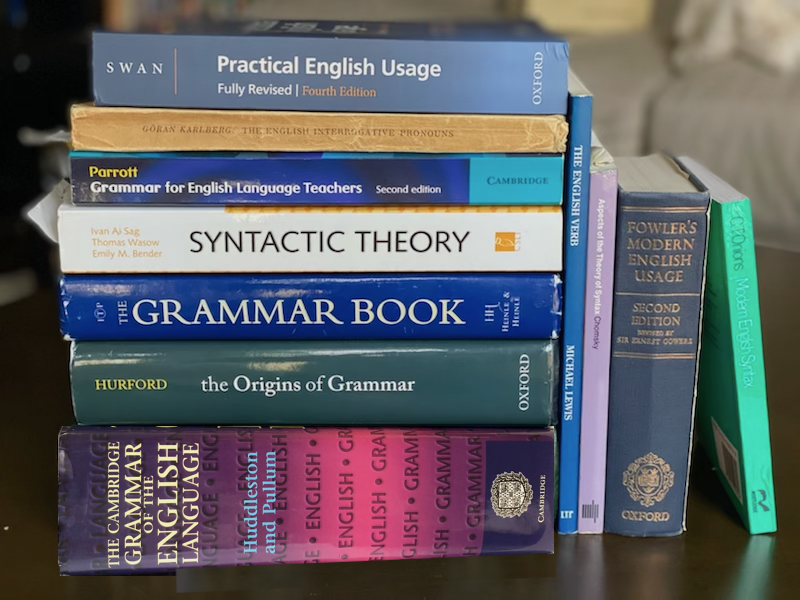Introduction:
Grammar forms the backbone of any language, providing the necessary structure and rules for effective communication. In the English language, understanding grammar is crucial for expressing ideas accurately and clearly. In this article, we will explore the basics of English grammar, covering essential components such as parts of speech, sentence structure, verb tenses, and common grammatical errors.
- Parts of Speech:
English grammar categorizes words into different parts of speech, each serving a specific function in a sentence. The primary parts of speech include:
- Noun: A word that represents a person, place, thing, or idea (e.g., “dog,” “London,” “love”).
- Pronoun: A word that takes the place of a noun (e.g., “he,” “she,” “it”).
- Verb: A word that expresses an action or state of being (e.g., “run,” “is,” “become”).
- Adjective: A word that describes or modifies a noun (e.g., “beautiful,” “happy,” “tall”).
- Adverb: A word that describes or modifies a verb, adjective, or another adverb (e.g., “quickly,” “very,” “carefully”).
- Preposition: A word that shows a relationship between a noun (or pronoun) and another word in the sentence (e.g., “in,” “on,” “at”).
- Conjunction: A word that connects words, phrases, or clauses (e.g., “and,” “but,” “or”).
- Interjection: A word or phrase used to express strong emotion or surprise (e.g., “Wow,” “Ouch,” “Bravo”).
- Sentence Structure:
English sentences generally follow a subject-verb-object (SVO) structure, where the subject performs the action on the object. However, sentences can vary in structure depending on the intended meaning. Key components of sentence structure include:
- Subject: The noun or pronoun that performs the action (e.g., “John,” “She,” “The cat”).
- Verb: The action or state of being expressed in the sentence (e.g., “runs,” “is,” “played”).
- Object: The noun or pronoun that receives the action (e.g., “ball,” “it,” “the book”).
- Verb Tenses:
English verbs change their form to indicate different tenses, expressing when an action occurs. The primary verb tenses include:
- Present Simple: Describes actions happening in the present (e.g., “I walk to school”).
- Present Continuous: Describes actions happening at the moment of speaking (e.g., “She is reading a book”).
- Past Simple: Describes actions that happened in the past (e.g., “They played soccer yesterday”).
- Past Continuous: Describes actions that were ongoing in the past (e.g., “He was studying all night”).
- Future Simple: Describes actions that will happen in the future (e.g., “We will meet tomorrow”).
- Common Grammatical Errors:
English grammar can be challenging, and certain errors tend to occur frequently. Some common grammatical errors include:
- Subject-Verb Agreement: Ensuring that the subject and verb agree in number (e.g., “He walks” instead of “He walk”).
- Pronoun Usage: Using the correct pronoun form and maintaining consistency (e.g., “I” instead of “Me” as the subject of a sentence).
- Sentence Fragments: Incomplete sentences lacking a subject, verb, or complete thought (e.g., “Walking to the park”).
- Run-On Sentences: Combining multiple independent clauses without proper punctuation (e.g., “I like to read books I also enjoy watching movies”).
- Misplaced Modifiers: Placing descriptive words or phrases in awkward positions, leading to confusion (e.g., “Running quickly, the ball was caught”).
Conclusion:
Mastering the basics of English grammar is essential for effective communication and clear expression of ideas. This article provides a foundational understanding of key components, including parts of speech, sentence structure, verb tenses, and common grammatical errors. However, English grammar is vast and complex, and continued practice, exposure to the language, and seeking guidance from reliable grammar resources will further enhance your grammatical proficiency.
